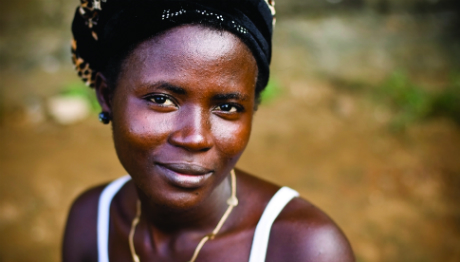Research Impact
Staff in the School of Pharmacy publish world-class research which has local and global impact, as demonstrated in the case studies below.

QUB has been at the forefront of global efforts to develop products to protect women against sexually transmitted infection with human immunodeficiency virus (HIV).
Staff in the School of Pharmacy have been at the forefront of global efforts to develop products to protect women against sexually transmitted infection with HIV. Extensive research by Professor Karl Malcolm and Dr Peter Boyd has resulted in the development of a vaginal ring device offering sustained release of the antiretroviral drug dapivirine. This has greatly impacted the direction and technology within the HIV prevention field.

Digital dermatitis, a condition that presents as wart-type lesions on the heel of affected animals, adversely affects animal welfare, production and farm profitability.
It occurs extensively in cattle, with 70-95% of dairy herds showing symptoms and herd prevalence rates averaging between 20-30% in Europe and the USA.
Research led at Queen’s by Professor David Jones, in collaboration with Provita Eurotech Ltd. (https://www.provita.co.uk/), has helped to address the economic challenge associated with digital dermatitis as well as generating a commercial impact for the company. Provita Eurotech Ltd is an N Ireland based SME working in the animal healthcare sector, a market worth USD50,000,000,000.

ProAxsis Ltd. was founded in 2013 as a spin-out from the School of Pharmacy, QUB.
Founded by Professor Lorraine Martin (CEO) and Professor Brian Walker (CSO) in 2013, the company develops novel biomarker assays utilising a patented ProteaseTag® technology which allows for the measurement of active proteases in chronic diseases, in the first instance chronic airways diseases. CE-marked products include activity-based immunoassays targeting Neutrophil Elastase (NE) and Proteinase 3, as biomarkers of lung infection and inflammation in COPD (chronic obstructive pulmonary disease), cystic fibrosis and bronchiectasis.

